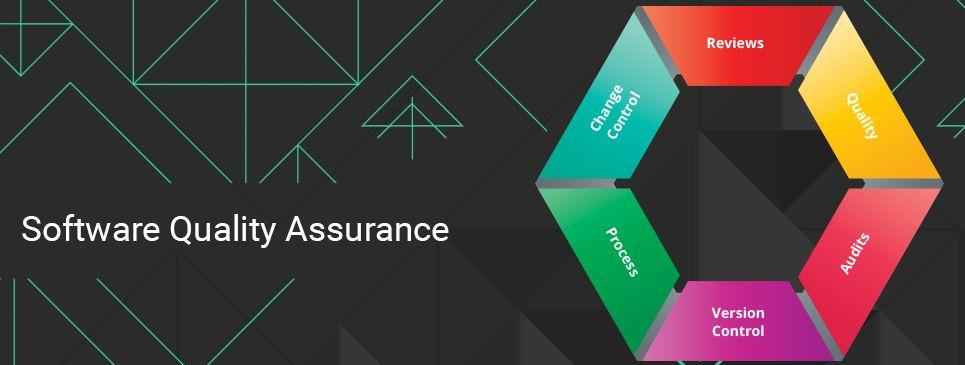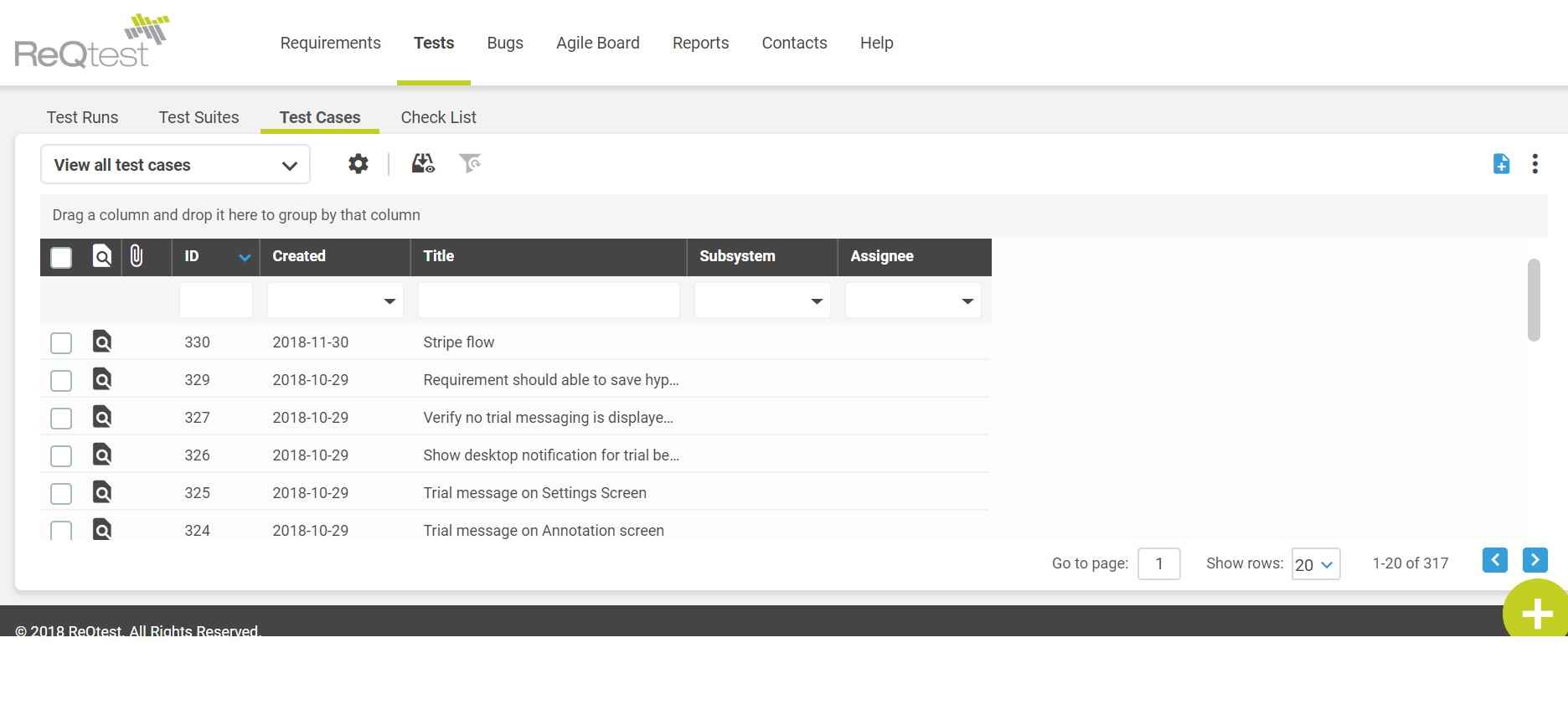February 1, 2019
Software Quality Assurance (SQA) – Quick Tutorial
Software quality assurance (SQA) on a higher level seems like we are talking about the evaluation of software on the basis of certain attributes such as functionality, performance, adaptability, etc.

However, software quality assurance goes beyond the quality of the software, it also includes the quality of the process used to develop, test and release the software.
What is Software Quality Assurance?
Software Quality Assurance (SQA) consists of the means to ensure the quality of the released software by monitoring the software engineering methods and processes. SQA spans across the entire software development lifecycle that includes requirements management, software design, coding, testing, and release management.
Quality attributes of a software
A Software can be judged for quality on the basis of the following six characteristics:
Functionality
The functionality of the software is the set of functions that the software provides. The software must provide appropriate functions as per requirements and these functions must be implemented correctly.
The software should have interoperability which means how effectively the software interacts with other components of the system. It must be compliant with the laws and guidelines. The software should handle data related transactions securely.
Reliability
The reliability of the software is its capability to perform under specific conditions for a defined duration. It also implicates the ability of the software to withstand failures of its components.
The software is reliable on the basis of its Maturity that is the frequency of the failures and Recoverability which is the ability of the software to get fully operational after a failure.
Usability
The usability of the software is its ease of use. It also refers to how easily a user can understand the functions of the software and how much efforts are required by the users to understand the functions.
Efficiency
The efficiency of the software is dependent on its architecture and coding practices followed during development.
Maintainability
The maintainability of the software depends upon the code complexity and readability. It also refers to the ability to identify and fix a fault in the software.
The software is analyzed on the basis of ease of identifying the main cause of failure and the ease of modification of code to remove a fault. It should be stable in its performance when the changes are made.
Maintainability also depends on its testability which means how much efforts are required for testing the system.
Portability
The portability of the software is its ability to adapt to the changes in its environment. It defines how easily a system adapts to any changes made in the specifications. It also includes how easy it is to install the software and how easy is it to replace a component of the system in a given environment.
To ensure a software scores well on these quality attributes, we need the following software quality assurance components.
Software Quality Assurance Components
The software quality assurance has the following six classes of components:
Pre-project Components
The pre-project components ensure that the resources required for the project, the schedule, and the budget is clearly been defined. The plan for development and ensuring quality has been clearly determined. The components are as follows:
- Development plan
- Quality plan
- Schedules
- Required resources (Hardware & Human resources)
- Risk evaluations
- Project methodology
Project lifecycle components
A project lifecycle is usually comprised of two stages. The first one is the development stage and then comes the operation-maintenance stage. In the development stage, SQA components help to identify the design and programming errors.
The SQA components for the operation-maintenance stage include the development lifecycle components along with specialized maintenance components aimed to improve the maintenance tasks.
The project lifecycle components include:
- Reviews
- Expert opinions
- Software testing
- Software maintenance
- Sub-contractors quality assurance
Infrastructure error prevention and improvement components
The main goal of these components is the prevention of software faults and minimizes the rate of errors. These components include:
- Procedure & work instructions
- Templates & checklists
- Staff training, retaining & certification
- Preventive & corrective actions
- Configuration management
- Documentation control
Software quality management components
This class of components consists of controlling the development and maintenance activities. These components establish the managerial control of software development projects. The management control aims to prevent the project from going over budget and behind schedule.
The management control components include:
- Project progress control
- Software quality metrics
- Software quality costs
Standardization, certification, and SQA assessment components
The components aim to implement international managerial and professional standards within the organization. These components help to improve the coordination among the organizational quality systems and establish standards for the project process. The components include:
- Quality management standards
- Project process standards
Organizing for SQA – the human components
The main aim of this class of components is to initiate and support the implementation of SQA components, identify any deviations from the predefined SQA procedures & methods and recommend improvements. The SQA organizational team includes test managers, testers, SQA unit, SQA committee, and SQA forum members.
Software quality assurance tools (QA Tools):
There are various QA tools that help in software quality assurance. There are different QA tools required for the different purposes. For comprehensive software quality assurance, you will require the following category of QA tools also known as QA software.
- Infrastructure
- Release Management
- Source Control
- Code Reviews
- Automated Code Analysis
- Peer Code Reviews
- Testing (QA software)
- Test Management
- Bug & Issue Tracking
- Browser, Device, and OS Testing
- Usability Testing
- Load Testing
- Automated Testing & Continuous Integration
- Monitoring & Analytics
- Availability Monitoring
- Business Analytics
- Exception Handling
- Log Monitoring
- Performance Monitoring
- Security Testing & Monitoring
- Customer Support
ReQtest- Quality Assurance Tool for comprehensive Software Quality Assurance (QA)
ReQtest is a QA software which acts as a comprehensive quality assurance software recommended by Test Managers and has over 11,000 users across the globe. It helps testing teams in overcoming any testing challenges, managing testing priorities and accomplishing the testing objectives.
ReQtest is a cloud-based tool with a suite of modules for requirements management, test management and bug tracking. This QA software provides an end-to-end solution for software quality assurance during software development, operation and maintenance phase.
(Read also: Quality Assurance vs Quality Control)
Summary
Software quality assurance practices helps to ensure that the quality of the software is in line with the requirements of the client. The main goal of SQA professionals is on implementing the necessary processes and getting the right quality assurance tool that will help to release high-quality software.
Share article